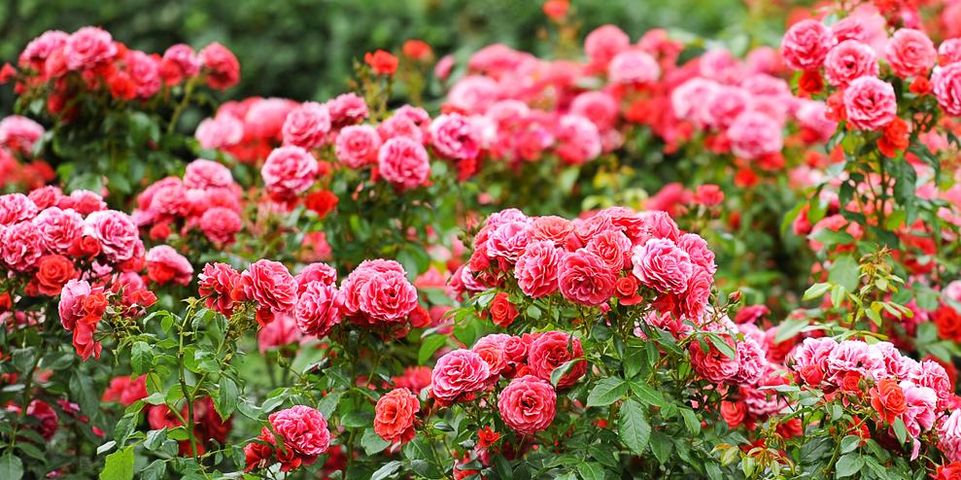
Roses are among the most prized blooms thanks to their classic beauty and amazing fragrance. Available in a wide variety of species and hybrids, roses are no different from other flowers in that they thrive with the right fertilizer. It is generally best to fertilize these timeless flowers every four to six weeks during the growing season to promote optimal beauty and health. But what product should you apply?
What Fertilizer Option Is Best for Roses?
The Essential Ingredients
 The most important fertilizer ingredients for plants are nitrogen, phosphorus, and potassium. This combination is written as N-P-K on fertilizer labels. The first two elements help shoots thrive above and below ground, while potassium provides the nutrients plants need to reach for the sky. Roses require other minerals, as well, such as calcium, magnesium, iron, zinc, manganese, copper, sulfur, and boron. Calcium is especially important because it fortifies cell walls against insects. Magnesium is another must because it nurtures the leaves and flowers while ridding the plants of damaging salt content.
The most important fertilizer ingredients for plants are nitrogen, phosphorus, and potassium. This combination is written as N-P-K on fertilizer labels. The first two elements help shoots thrive above and below ground, while potassium provides the nutrients plants need to reach for the sky. Roses require other minerals, as well, such as calcium, magnesium, iron, zinc, manganese, copper, sulfur, and boron. Calcium is especially important because it fortifies cell walls against insects. Magnesium is another must because it nurtures the leaves and flowers while ridding the plants of damaging salt content.
The Best Fertilizer & Additional Growing Tips
The ideal fertilizer for roses features an N-P-K ratio of 2-1-2, such as liquid kelp or general fish fertilizer. You may need an option with a stronger nitrogen ratio if your soil is low in the chemical element, as it could turn rose leaves yellow otherwise. You will also need to give the flowers plenty of room to thrive and should avoid overwatering, as too little space and too much water can also result in yellow leaves.
To learn more about helping your rose garden thrive, get in touch with the experts at Northgate Greenhouses. The staff provides Cincinnati, OH, gardeners with a wide variety of mulch, soil, and fertilizer to maintain glorious landscapes. A total of 17 covered greenhouses on three beautiful acres are the passion of Bob and Kathie Hogeback, who have enjoyed many awards and accolades for their fine work. Call (513) 729-1134 with your questions today, or visit their website to learn more about available products and plants.
About the Business
(80 reviews)
Have a question? Ask the experts!
Send your question

